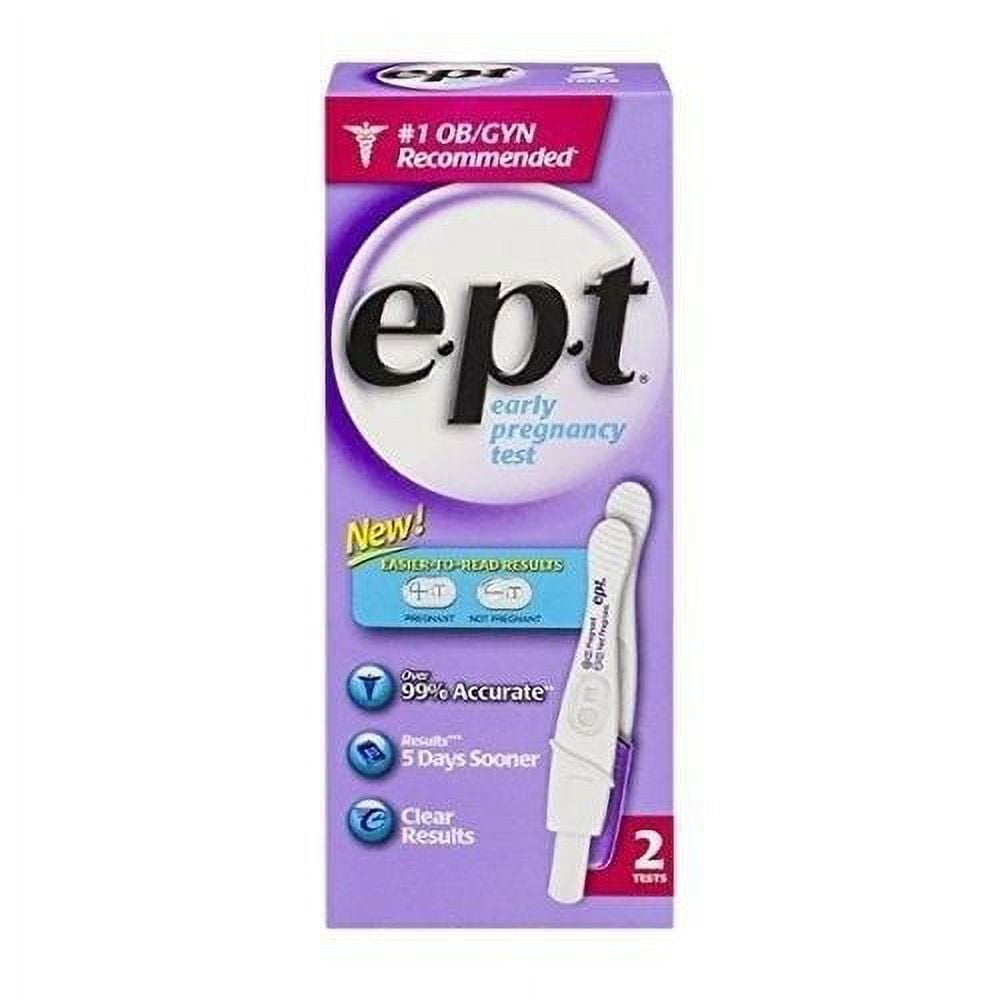
Early Pregnancy Test (EPT): A Comprehensive Guide
Introduction
Early pregnancy tests (EPTs) are a convenient and accessible way to detect pregnancy in the early stages. These tests measure the presence of human chorionic gonadotropin (hCG), a hormone produced by the placenta during pregnancy. EPTs are available over-the-counter and can be performed at home, providing individuals with a quick and private way to determine if they are pregnant.
Types of EPTs
There are two main types of EPTs:
- Urine tests: These tests are the most common type of EPT and involve collecting a urine sample in a cup or on a test strip.
- Blood tests: Blood tests are more accurate than urine tests and can detect pregnancy earlier, but they require a blood draw by a healthcare professional.
How EPTs Work
EPTs work by detecting the presence of hCG in the urine or blood. hCG is a hormone that is produced by the placenta during pregnancy. The levels of hCG increase rapidly in the early stages of pregnancy, doubling every 2-3 days.
EPTs contain antibodies that bind to hCG. When urine or blood containing hCG comes into contact with the test, the antibodies bind to the hCG and produce a visible result.
Accuracy of EPTs
EPTs are generally accurate, but there are some factors that can affect their accuracy:
- Timing: EPTs are most accurate when performed after the first day of a missed period. Testing too early may result in a false negative result.
- Sensitivity: Different EPTs have different sensitivities, meaning they can detect different levels of hCG. More sensitive tests can detect pregnancy earlier.
- User error: Incorrectly performing the test can lead to inaccurate results. It is important to follow the instructions carefully.
When to Take an EPT
The best time to take an EPT is after the first day of a missed period. However, some EPTs are sensitive enough to detect pregnancy a few days before a missed period. If you have irregular periods, it is best to wait until you are at least a week late before taking an EPT.
Interpreting EPT Results
EPT results are typically displayed as one or two lines:
- Positive result: Two lines appear, indicating the presence of hCG and a likely pregnancy.
- Negative result: One line appears, indicating the absence of hCG and a likely non-pregnancy.
- Invalid result: No lines appear or the lines are faint or unclear, indicating an error in the test.
Follow-Up After an EPT
If you receive a positive EPT result, it is important to confirm the pregnancy with a healthcare professional. A healthcare professional can perform a blood test to confirm the pregnancy and rule out any other potential causes of a positive EPT result.
If you receive a negative EPT result but still suspect you may be pregnant, it is recommended to wait a few days and take another test. If you continue to have symptoms of pregnancy, such as missed periods, nausea, or breast tenderness, it is important to see a healthcare professional for further evaluation.
Limitations of EPTs
EPTs are not 100% accurate. False positive results can occur due to factors such as certain medications, recent pregnancy loss, or ectopic pregnancy. False negative results can occur if the test is performed too early or if the hCG levels are low.
Conclusion
EPTs are a convenient and accessible way to detect pregnancy in the early stages. While they are generally accurate, it is important to understand their limitations and to follow up with a healthcare professional to confirm a positive result. By using EPTs responsibly, individuals can gain valuable information about their reproductive health and make informed decisions about their future.